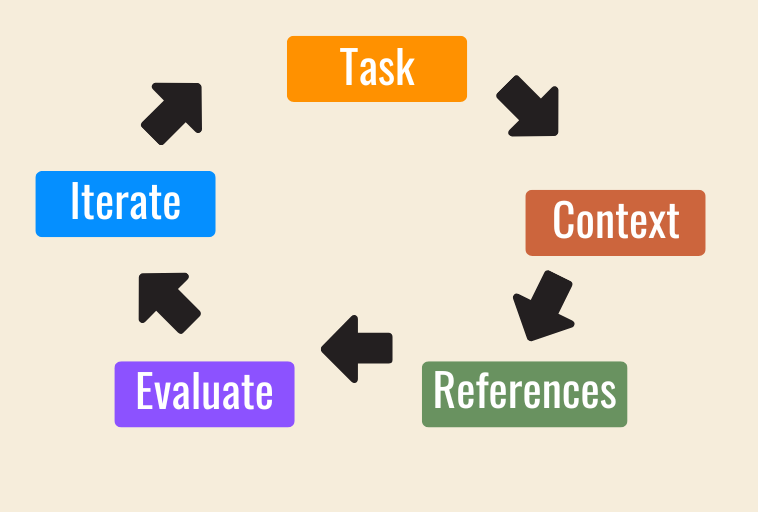I Took Google’s Prompt Engineering Course. Here’s What Actually Works
Here are my notes on Google's prompt engineering course
In this article, I want to share everything I learned from Google’s Prompt Engineering course. The course was released one year ago, so I’ve also added several recent updates that make it easier and more intuitive to create effective prompts.
Let’s dive in!
Foundations of Prompt Engineering
Before we dive deeper into each of the key points, it’s important that we all start with a shared understanding of the five essential steps for crafting a prompt.
Here’s the framework we’ll be using:
Task: Refers simply to what we want the AI to do. We’ll also explore this step further with additional examples throughout the article
Context: As a general rule, the more context you provide in your prompt, the better the results will be
References: These are examples we give to the AI to help it better understand what we’re asking for. If you’re having trouble explaining something clearly, providing concrete examples that align with your goal can be very helpful.
Evaluate: Once the first three steps are in place, it’s essential to evaluate whether the AI’s response matches your expectations. Personally, I’ve found that even when the initial steps are well thought out, there are times when the AI misses important details.
Iterate: After evaluating the results, it’s important to be critical of the AI’s output. While the response might be close to what you had in mind, not everyone has the same level of experience when it comes to prompt design. That’s why the iteration step can sometimes take a bit more time. My recommendation is to make sure each of the earlier steps is as solid and functional as possible
If you’d like to know more details about task and context, click here.
Up next, we’ll take a closer look at the four iteration methods using clear templates that deliver quick results. We’ll also learn how to refine our prompts, organize tasks more effectively, add constraints, and iterate to reach greater precision and speed.





